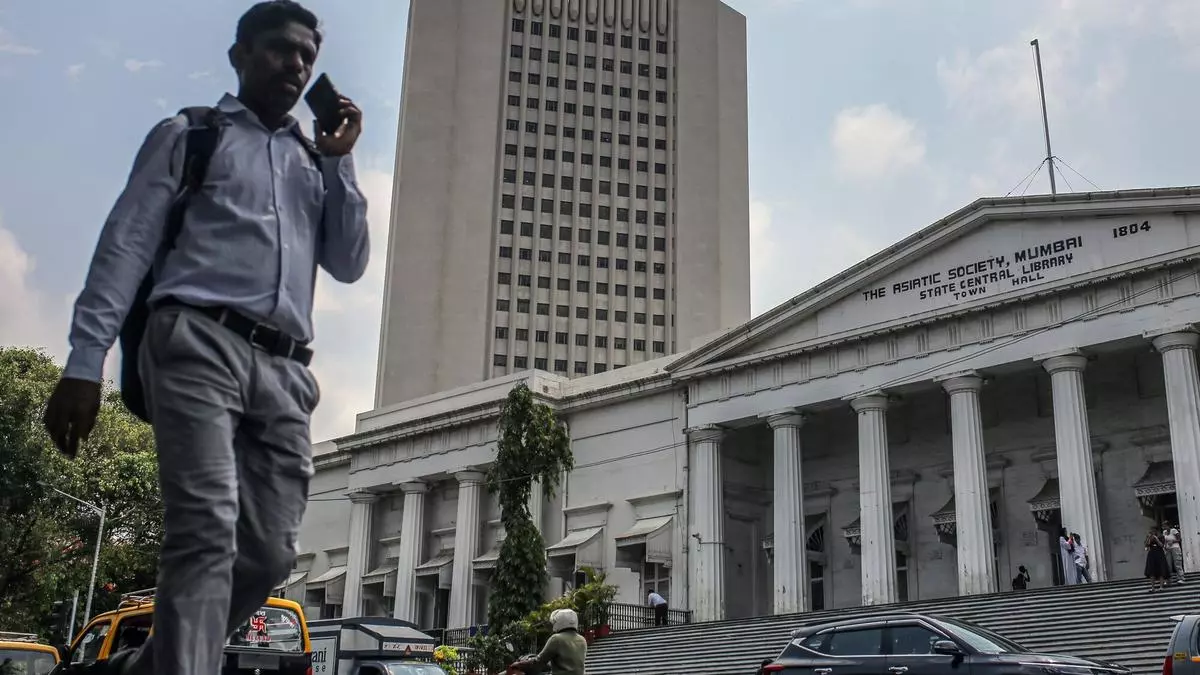Low CASA share may curb domestic fundraising efforts of banks through high cost funding options: RBI bulletin
The low share of low-cost current account and savings account (CASA) deposits in total deposits may curb domestic fundraising efforts of banks through high-cost funding options, going forward, due to a likely squeeze on banks’ net margins, according to RBI Staffers.
This may also force banks to align loan growth more closely with deposit growth and normalise incremental credit-deposit ratios
In part, this behavioural shift may be induced by signs of stress in the unsecured loan segments, especially in personal loans and credit cards portfolios, the staffers said in an article “State of the Economy”, published in RBI’s latest monthly bulletin.
They took note of reports of banks monitoring signs of over-leveraging in these segments more closely.
RBI Governor Shaktikanta Das, in his August 8th bi-monthly monetary policy statement, said: “The Indian financial system remains resilient and is gaining strength from broader macroeconomic stability. Its well-capitalised and unclogged balance sheet is reflective of higher risk absorption capacity.
“Even in such stable financial sector conditions, the emphasis cannot shift away from proactive identification of potential risks and challenges…”
As of July 26, 2024, Scheduled Commercial Banks’ incremental credit-deposit ratio was at 102.4 per cent. With the statutory requirements for cash reserve ratio and statutory liquidity ratio (SLR) at 4.5 per cent and 18 per cent, respectively, around 77 per cent of deposits were available with the banking system for credit expansion as of July 26, 2024, per the article.
Further, growth in SLR investments has accelerated while non-SLR investments have decelerated in July 2024. The deposit base was supplemented by Certificate of Deposit (CD) issuances
In the primary market, CD issuances amounted to ₹3.49 lakh crore during 2024-25 (up to August 9), significantly higher than ₹1.89 lakh crore in the corresponding period of the previous year.
The officials attributed this increase to deposit growth lagging credit growth, prompting banks to rely on alternative sources of funding.
Commercial Paper (CP) issuances also increased to ₹4.86 lakh crore during 2024-25 (up to July 31), surpassing ₹4.72 lakh crore in the corresponding period of the previous year, driven by NBFCs’ higher borrowings in the CP market.
